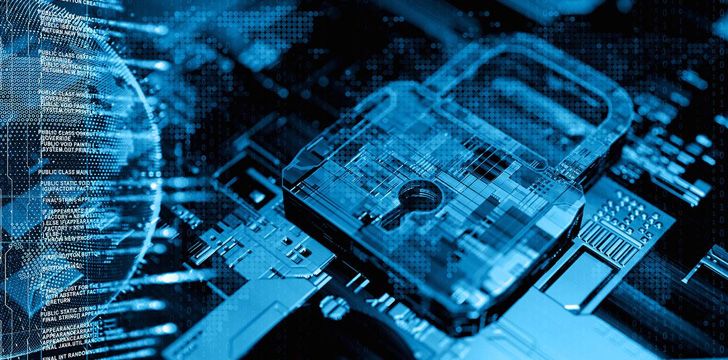
As technology continues to evolve, it has seeped into every area of our lives, including our closets. Today, tech-enabled clothing is increasingly popular, offering a range of benefits that traditional apparel could never provide. From movement-tracking workout gear to smart fabrics, the latest tech-enabled clothing trends are a game-changer for fashion enthusiasts and fitness enthusiasts alike.
The rise of the smart wardrobe
With the advent of sensors and the internet of things (IoT), clothing has become smarter than ever. A smart wardrobe enables you to track your clothes, plan what to wear, and even order new outfits online. Smart hangers can detect when your garment needs cleaning, and RFID chips embedded in clothing can track your outfits to help you keep inventory.
Fitness Wear with Sensor Technology
Wearable sensors in fitness wear have revolutionized the activewear industry. Smart workout clothes are equipped with sensors that track your heart rate, distance covered, calories burned, and much more. This means that you can monitor your fitness goals and progress in real-time while keeping track of your health metrics.
Smart fabrics
Smart fabrics are taking the fashion world by storm, and they are made of intelligent materials that can detect touch, sound, temperature, and other physical changes. These fabrics can adapt to environmental conditions and even regulate body temperature and odor.
One popular example is silver-infused fabric, which combats bacterial growth and the resulting odor. Smart textiles offer a level of comfort and functionality that traditional clothing can’t match, making them ideal for outdoor activities and sports where performance is critical.
Sustainable Fashion
Sustainable fashion is an offshoot of wearable technology, and it’s becoming increasingly popular among consumers who want stylish clothing without harming the environment. Eco-friendly fabrics like organic cotton, linen, and bamboo are perfect alternatives to conventional materials like polyester and nylon, which can have a significant impact on the environment.
Sustainable fashion also involves creating clothing with minimal waste and using ethical manufacturing techniques. It’s a trend that’s more than just a passing fad, as it’s creating a movement towards more eco-friendly clothing options.
But what about the downsides?
While there are undoubtedly many benefits to tech-enabled clothing, there are some downsides as well. For starters, tech-enabled apparel can be costly, with many of the most advanced pieces carrying a hefty price tag. Furthermore, some sensors can be uncomfortable to wear, and the clothing may not be as durable as traditional apparel.
However, the benefits of tech-inspired fashion tips the scales. Technology has allowed fashion to become smarter, more functional, and more eco-friendly, making it a trend that’s here to stay. More and more designers are incorporating technology into their designs, and the result is an exciting world of smart fashion. So, what’s in your closet? It may be time to rethink your wardrobe and embrace the latest tech-enabled clothing trends.…






